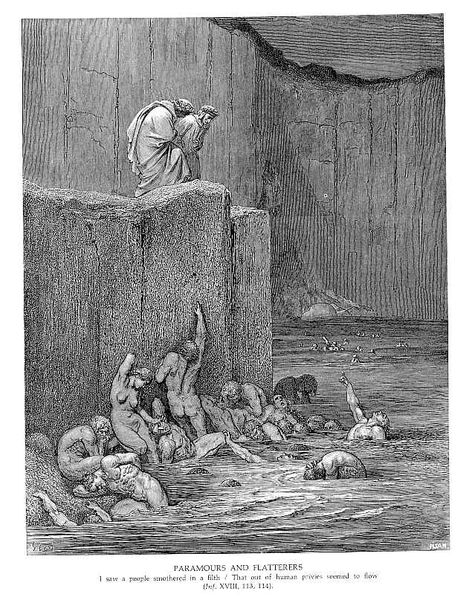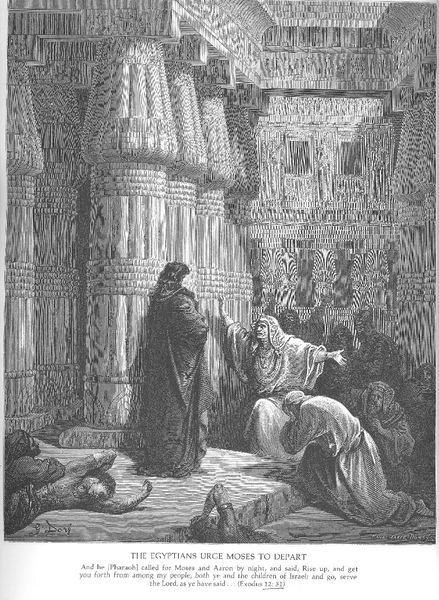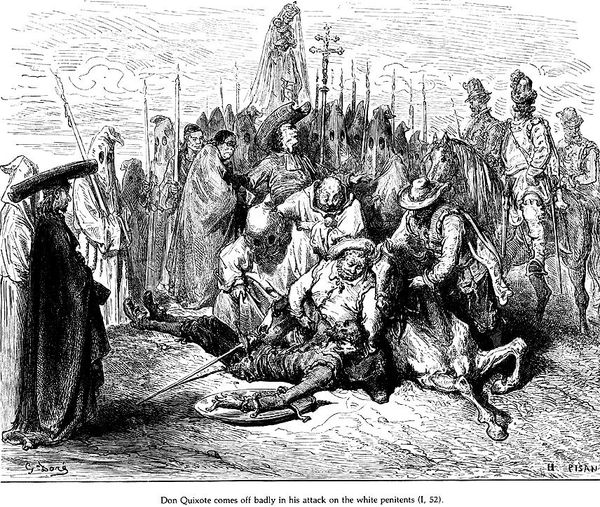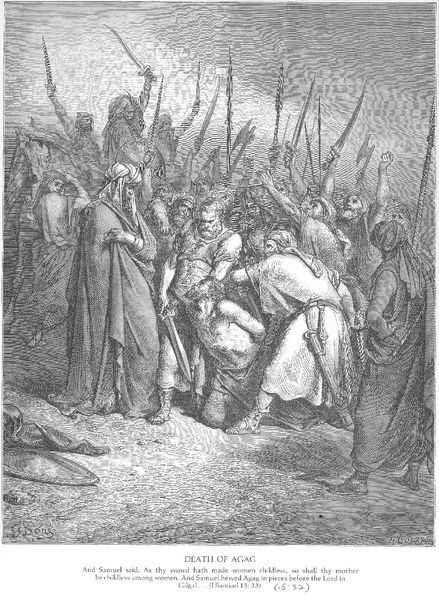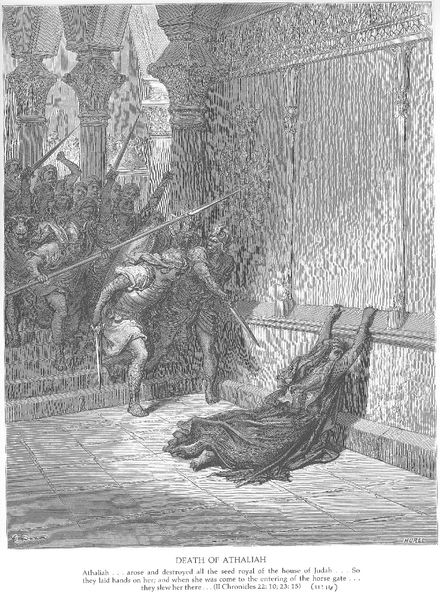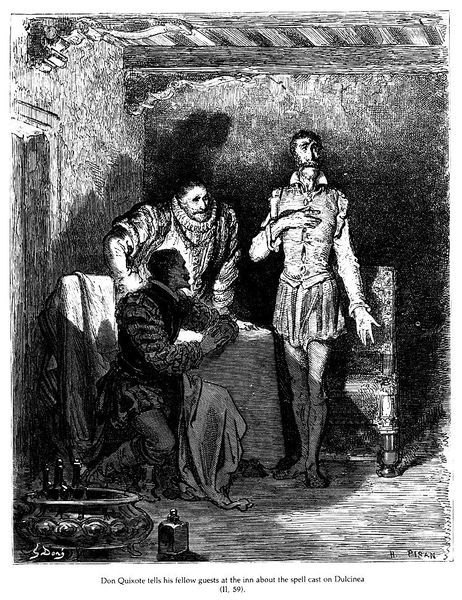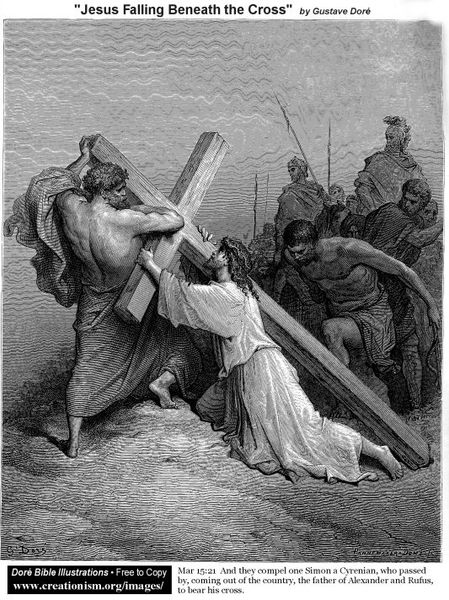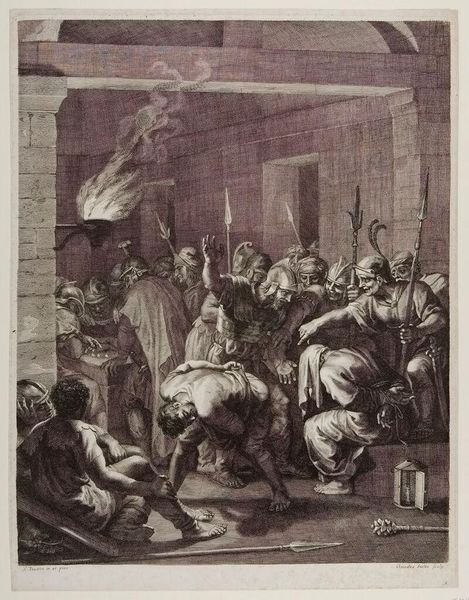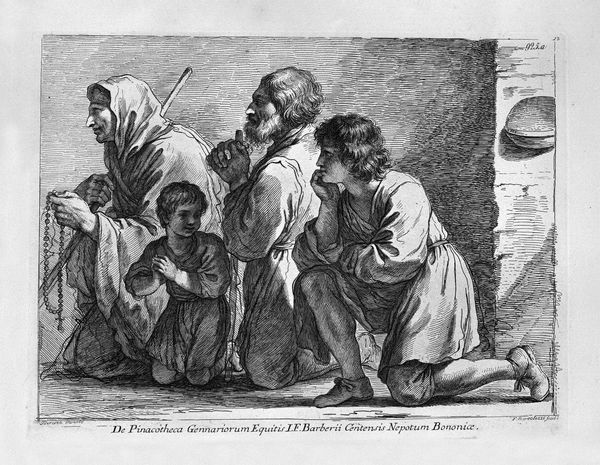
drawing, photography, engraving
#
drawing
#
narrative-art
#
figuration
#
photography
#
romanticism
#
line
#
academic-art
#
engraving
#
monochrome
Copyright: Public domain
Curator: This striking engraving, simply titled "Don Quixote," is by the renowned artist Gustave Dore. The piece presents a scene brimming with human drama, rendered with incredible detail. Editor: My first impression is one of stark contrast. The harsh light emphasizes the despair etched on the faces of the captives and the seemingly indifferent renegade. It’s quite affecting. Curator: Absolutely. Dore was a master of visual storytelling. In this image, we witness a narrative unfolding; the captive man sharing confidential knowledge, perhaps the disclosure of a route to freedom from his jailors. Dore excelled at crafting scenes rich with political undercurrent. He wasn't just illustrating Cervantes' novel; he was commenting on imprisonment, hope, and betrayal. Editor: The chains are so prominent! I'm drawn to them again and again. These people represent all prisoners throughout history. They serve as universal symbols of bondage and oppression. The figure at the base, seemingly asleep, looks like a foreshadowing of death as freedom slips away from his tired hands. The cacti in the lower left almost mock his fatigue, given that he rests in their dangerous proximity. Curator: The composition, with the high walls and figures huddled together, contributes to this claustrophobic sense, and that, naturally, evokes questions of justice. How can visual representation contribute to cultural memory around ideas of incarceration? Did Dore succeed in provoking certain emotions around incarceration as an institution? Editor: For me, the seated figure is particularly striking. The artist’s choice to show one character removed from the others seems to denote an unrepentant power dynamic. It's disturbing, but speaks to lasting cultural realities about privilege. Curator: I find it remarkable how Dore, through precise lines and contrasting tones, turns a literary moment into a powerful visual statement about marginalization and injustice. It makes you ponder the role of illustrations within literary circles, which often served as important ways of spreading political ideologies, challenging established authorities, and inviting new interpretations of canonical works like Don Quixote. Editor: Yes, absolutely. The layers of meaning within the image definitely speak to lasting political ideologies across culture and time. I think it is amazing how relevant this image continues to be.
Comments
No comments
Be the first to comment and join the conversation on the ultimate creative platform.


